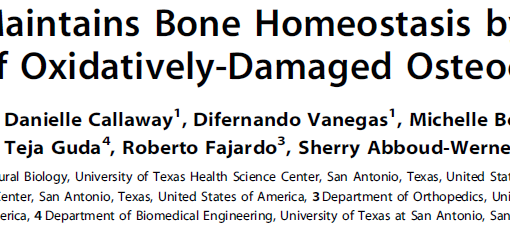Abstract
The bone diagnostic instrument (BDI) is being developed with the long-term goal of providing a way for researchers and clinicians to measure bone material properties of human bone in vivo. Such measurements could contribute to the overall assessment of bone fragility in the future. Here, we describe an improved BDI, the Osteoprobe IItrade mark. In the Osteoprobe IItrade mark, the probe assembly, which is designed to penetrate soft tissue, consists of a reference probe (a 22 gauge hypodermic needle) and a test probe (a small diameter, sharpened rod) which slides through the inside of the reference probe. The probe assembly is inserted through the skin to rest on the bone. The distance that the test probe is indented into the bone can be measured relative to the position of the reference probe. At this stage of development, the indentation distance increase (IDI) with repeated cycling to a fixed force appears to best distinguish bone that is more easily fractured from bone that is less easily fractured. Specifically, in three model systems, in which previous mechanical testing and/or tests reported here found degraded mechanical properties such as toughness and postyield strain, the BDI found increased IDI. However, it must be emphasized that, at this time, neither the IDI nor any other mechanical measurement by any technique has been shown clinically to correlate with fracture risk. Further, we do not yet understand the mechanism responsible for determining IDI beyond noting that it is a measure of the continuing damage that results from repeated loading. As such, it is more a measure of plasticity than elasticity in the bone.
https://www.ncbi.nlm.nih.gov/pubmed/18601422
Rev Sci Instrum. 2008 Jun;79(6):064303. doi: 10.1063/1.2937199.




